

|
|
Edgar Wallace: Crossroads to Crime AKA Cross Roads to Crime
R2 - United Kingdom - Network Review written by and copyright: Paul Lewis (19th August 2013). |
|
The Film
 Crossroads to Crime (Gerry Anderson, 1960) 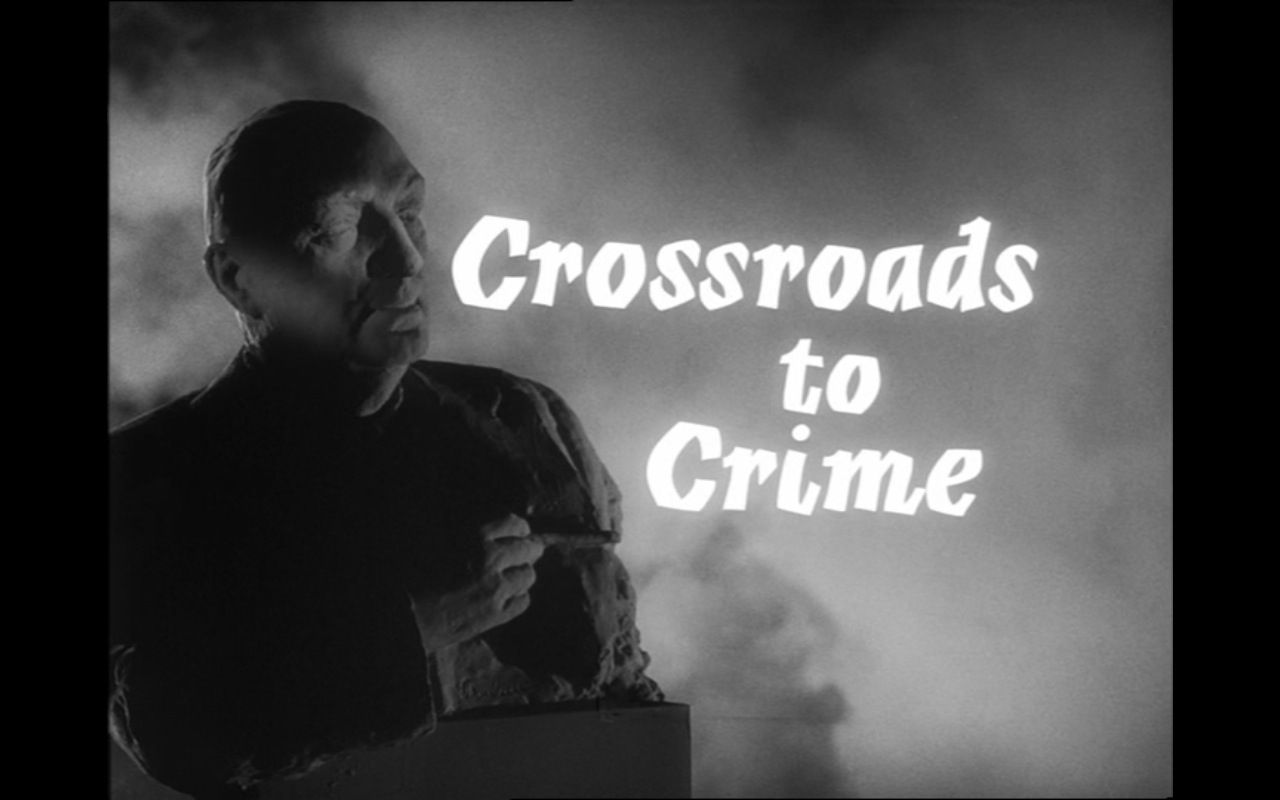 Gerry Anderson’s first credit as the director of a feature film, produced between Anderson’s television series Four Feather Falls (Granada, 1960) and Supercar (ITC, 1961-2), Crossroads to Crime (1960) is a cheap and cheerful ‘B’ picture. As a live-action contemporary crime picture, it is also unique within Anderson’s body of work, standing out amongst the more fantasy-oriented narratives with which Anderson is more closely associated. Gerry Anderson’s first credit as the director of a feature film, produced between Anderson’s television series Four Feather Falls (Granada, 1960) and Supercar (ITC, 1961-2), Crossroads to Crime (1960) is a cheap and cheerful ‘B’ picture. As a live-action contemporary crime picture, it is also unique within Anderson’s body of work, standing out amongst the more fantasy-oriented narratives with which Anderson is more closely associated.
The film revolves around a group of criminals – Diamond (George Murcell), Johnny (David Graham) and their ‘head honcho’, Mr Miles (Ferdy Mayne) – who are behind a series of lorry hijackings. As the film opens, Diamond arrives at a transport café and advises the waitress there, Connie Williams (Miriam Karlin), that Mr Miles wishes to speak with her. Diamond ushers Connie out of the café and forces her into his car. A policeman, Constable Don Ross (Anthony Oliver), witnesses Diamond’s near-abduction of Connie and intervenes, hanging on to Diamond’s car as he drives away. Eventually, Diamond elbows Ross in the face, causing Ross to lose consciousness and tumble from the car. When Ross awakens, he is in what appears to be Diamond’s home, where Ross is told that he fainted. Ross recognises Diamond as the man who knocked him unconscious, but Diamond protests that Ross is misremembering what happened. 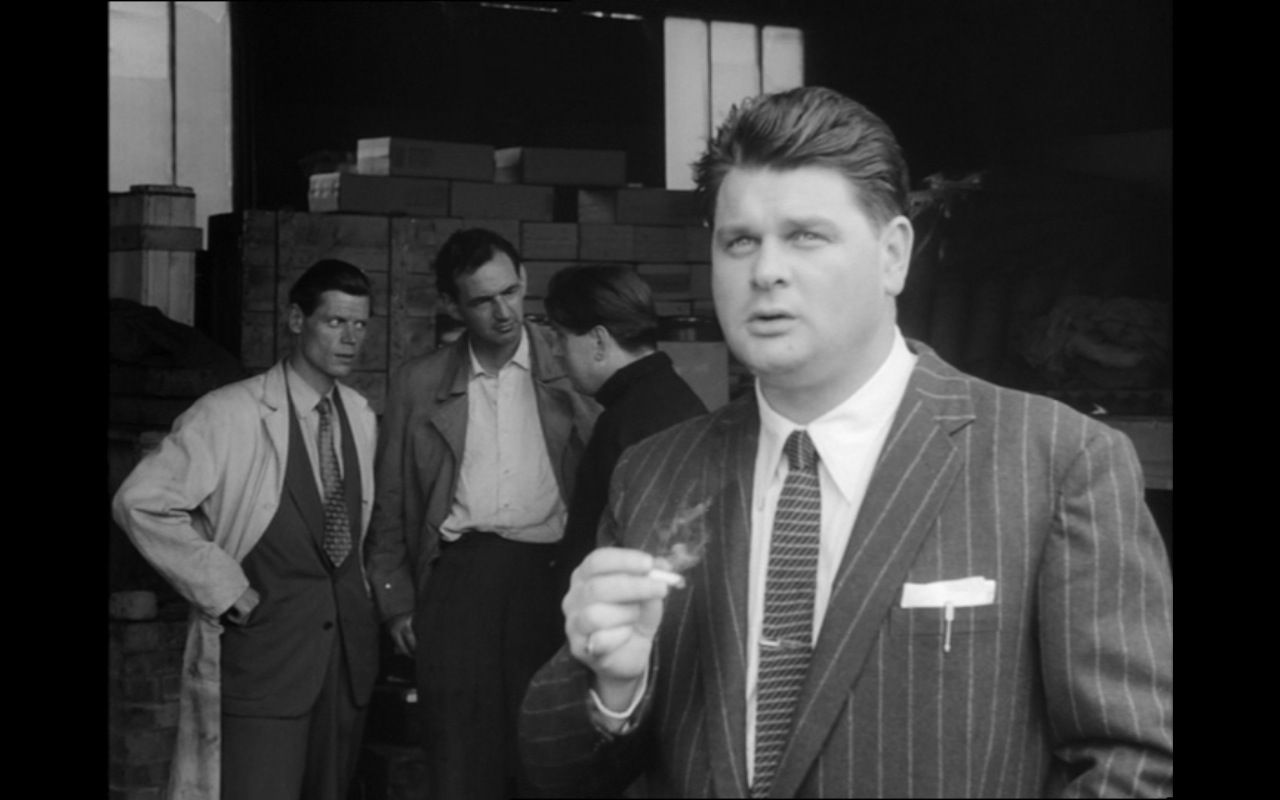 Whilst Connie is bullied by Mr Miles into co-operating with Diamond and Johnny in the forthcoming hijack, Ross’s wife Joan (Patricia Heneghan) is visited by Diamond; Diamond leaves money with Joan, an act which is later used to blackmail Ross. Whilst Connie is bullied by Mr Miles into co-operating with Diamond and Johnny in the forthcoming hijack, Ross’s wife Joan (Patricia Heneghan) is visited by Diamond; Diamond leaves money with Joan, an act which is later used to blackmail Ross.
Miles and his gang continue to plan their robbery. Meanwhile, Ross begins to suspect that Diamond and Johnny are part of the gang that have been hijacking lorries. However, his suggestion that this is the case is met with incredulity by his sergeant (Arthur Rigby), who insists on sending Ross out to deal with a case of a stolen lawnmower. (‘What the devil does it matter about a lawnmower?’, Ross complains.) When the sergeant becomes aware of the money Joan has received from Diamond, Ross comes under suspicion for collaborating with the thieves. As the heist gathers steam, Miles tells Diamond and Johnny that he intends to elicit the ‘help’ of Ross: he plans to order Ross to drive the truck. Determined to catch the thieves, Ross decides to go ‘undercover’ and go along with Miles’ plan, with the aim of exposing the gang and seeing them brought to justice. The film does its best to package as much action into its short running time as possible, but the result is often flat and lacklustre. The climax involves a fairly tense shootout in a warehouse, but the opening sequence – which depicts Ross attempting to save Connie but being dragged along whilst holding onto the car Diamond is driving – is curiously ‘flat’: as noted in the featurette included on this DVD, the script required a car with a running board – which the Ford used in this sequence clearly does not possess – and the attempts to obscure this simply do not work as well as they should. 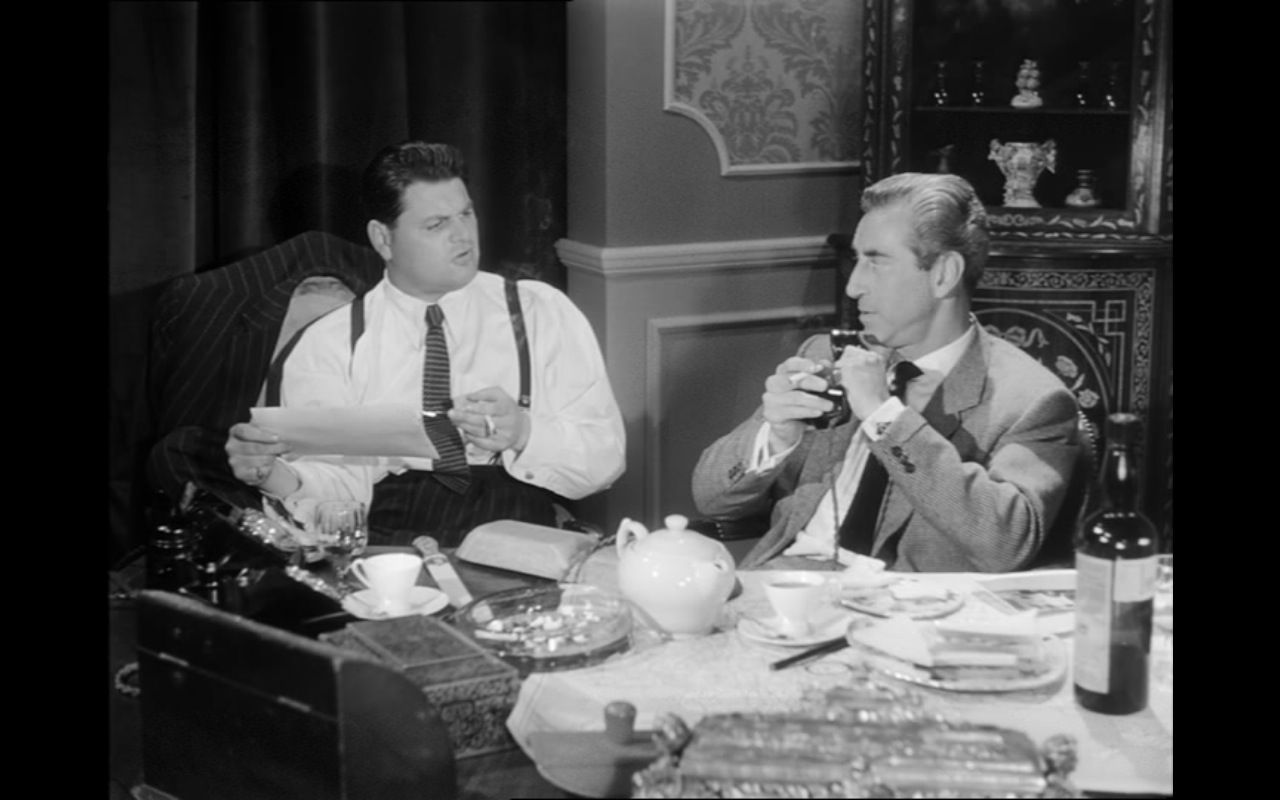 The character of Mr Miles is interesting, and his terse interactions with Diamond work nicely, thanks to the performances: there is some fascinating conflict generated between these two villains (the ‘brain heavy’ and the ‘dog heavy’, respectively, to use archetypes associated with the Western; Miles establishes his credentials as the film's 'dog heavy' by brutalising poor Connie). Miles patronises Diamond: ‘Still jumpy about that policeman, aren’t you?’, Miles asks him whilst they are planning the heist: ‘The only trouble is, when something unexpected like that happens, it’s a trap for you. You start babbling, trying to kick your way out. One day you’ll go too far. Let me do the thinking’, Miles says. However, the script underdevelops this intriguing aspect of the narrative. (Diamond has some wonderfully clipped dialogue throughout the film: ‘The trouble with women is, in a good mood they keep on talking, but if you keep ‘em quiet, they sulk all night’, he quips at one point.) The character of Mr Miles is interesting, and his terse interactions with Diamond work nicely, thanks to the performances: there is some fascinating conflict generated between these two villains (the ‘brain heavy’ and the ‘dog heavy’, respectively, to use archetypes associated with the Western; Miles establishes his credentials as the film's 'dog heavy' by brutalising poor Connie). Miles patronises Diamond: ‘Still jumpy about that policeman, aren’t you?’, Miles asks him whilst they are planning the heist: ‘The only trouble is, when something unexpected like that happens, it’s a trap for you. You start babbling, trying to kick your way out. One day you’ll go too far. Let me do the thinking’, Miles says. However, the script underdevelops this intriguing aspect of the narrative. (Diamond has some wonderfully clipped dialogue throughout the film: ‘The trouble with women is, in a good mood they keep on talking, but if you keep ‘em quiet, they sulk all night’, he quips at one point.)
The original UK cinema version was cut, at least according to the BBFC’s website, but the BBFC does not go into details about the cuts, and nor does the BBFC’s website list the length of the film. This version of the picture runs for 54:10 mins (PAL). It’s unclear whether this release represents the original UK cinema version as cut by the BBFC in 1960 (the inclusion of the film’s original BBFC certificate at the start of the picture may suggest this is the case) or whether the cut footage has been reinstated.
Video
The film is presented in an aspect ratio of 1.33:1. The image is detailed but the monochrome photography has weak contrast – everything tends towards grey. 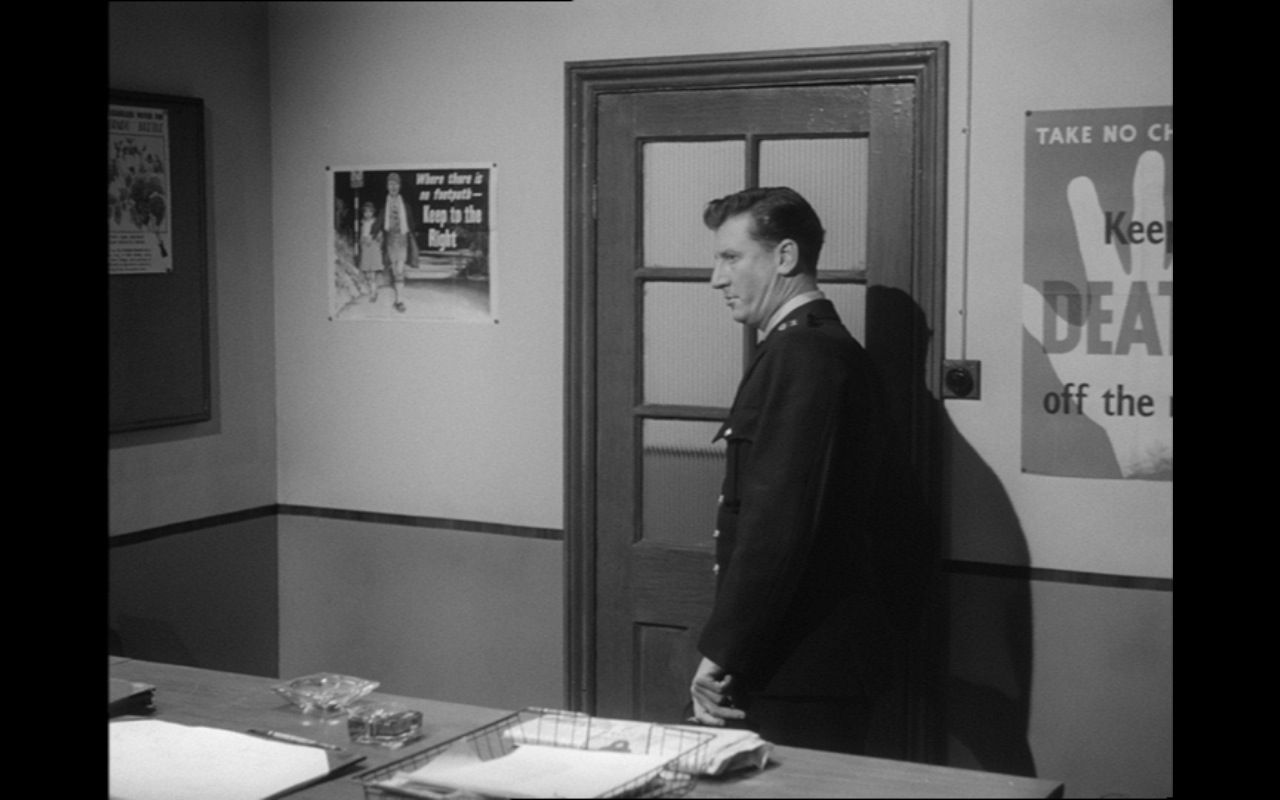
Audio
Audio is presented via a clean, issue-free two-channel mono track. There are no subtitles.
Extras
‘Crossroads to Crime Remembered’ (9:30). This amusing featurette features input from Gerry and Sylvia Anderson, editor David Elliott and actor David Graham. It opens with a disclaimer suggesting that some viewers may find the language in this featurette offensive, and that the views do not necessarily reflect those of the distributor or licensor. The reason for this disclaimer soon becomes apparent. ‘The story of Crossroads to Crime… My God, what a load of rubbish that was’, David Elliott observes: his comments open the featurette. Elliott says that he doesn’t blame the film’s writer for the film’s failures, but David Graham says that the script was ‘corny’ and ‘lacked distinction’. Sylvia Anderson admits that she and Gerry ‘felt it was a bit beneath us’. It was shot in a fortnight. All the participants seem to feel that the film was shot in ‘appalling conditions’ (in Anderson’s words) and was rushed. David Ellliott says that in one sequence, a car was supposed to have a running board but the production brought in a new model Ford without one: ‘Someone hasn’t read the bloody script; ah, well, never mind’, Elliott suggests was the attitude on set. Graham says, ‘If I say the budget was low, that’s not doing it justice; it was [a] bargain basement, ground floor, going down budget. I’m flattering a shoestring to say it was made on a shoestring’. Anderson reflects that when he watched the film with the distributor, there was a deathly silence afterwards, broken only when the distributor said, ‘I’ll tell you this much, Gerry: I’ve seen worse’. Graham says that when he saw the film (throughout which he ‘sat squirming’ because ‘it wasn’t good’), as he prepared to leave, ‘A voice behind me said, “What a fucking awful picture”’. David Elliott says, ‘Anybody with any sense isn’t going to watch it, are they? I cannot understand why it should be coming out’. Trailer (2:01). A fairly bland trailer that does its best to sell the film’s action sequences. ‘Destination Danger!’ blares an onscreen title. Alternative Titles (2:50).
Overall
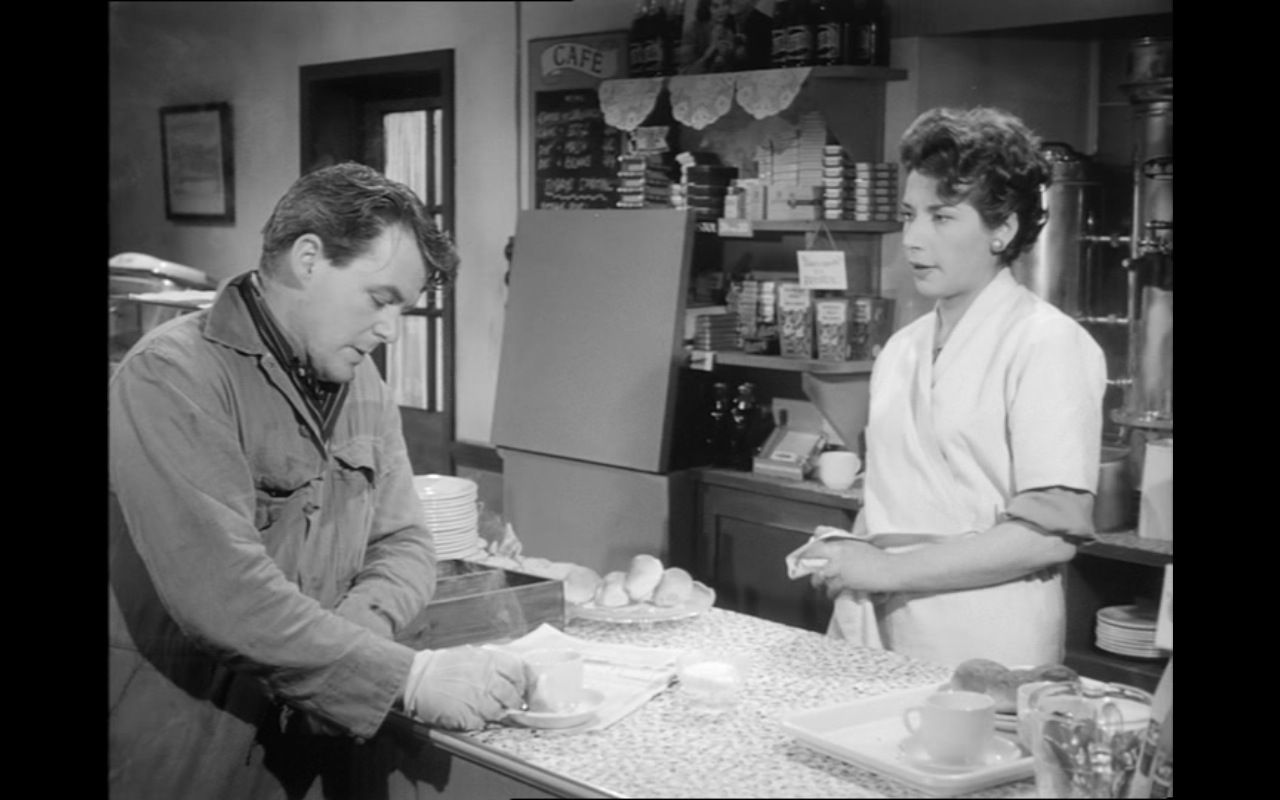 Crossroads to Crime, Anderson’s directorial debut, has been a difficult film to see since its original (brief) cinema release. It has a bad reputation, but in reality it’s not much better or worse than the vast majority of ‘B’ movie quickies. There are some effective setpieces (the warehouse finale) and some good photography – but on the whole, its low budget and quick production schedule show. Viewers of 1970s television will probably find it difficult not to compare it to the somewhat similarly-plotted episodes of The Sweeney’s first series, ‘The Placer’, in which Regan (John Thaw) went undercover to expose a truck hijacking gang. Crossroads to Crime, Anderson’s directorial debut, has been a difficult film to see since its original (brief) cinema release. It has a bad reputation, but in reality it’s not much better or worse than the vast majority of ‘B’ movie quickies. There are some effective setpieces (the warehouse finale) and some good photography – but on the whole, its low budget and quick production schedule show. Viewers of 1970s television will probably find it difficult not to compare it to the somewhat similarly-plotted episodes of The Sweeney’s first series, ‘The Placer’, in which Regan (John Thaw) went undercover to expose a truck hijacking gang.
The comments from Anderson, Elliott and Graham in the featurette included on this disc are remarkably honest. The presentation of the film is good, if not exceptional (contrast seems a little ‘off’ and ill-defined). In sum, this is a fairly entertaining little picture with some very good contextual material. This review has been kindly sponsored by: 
|
|||||

|